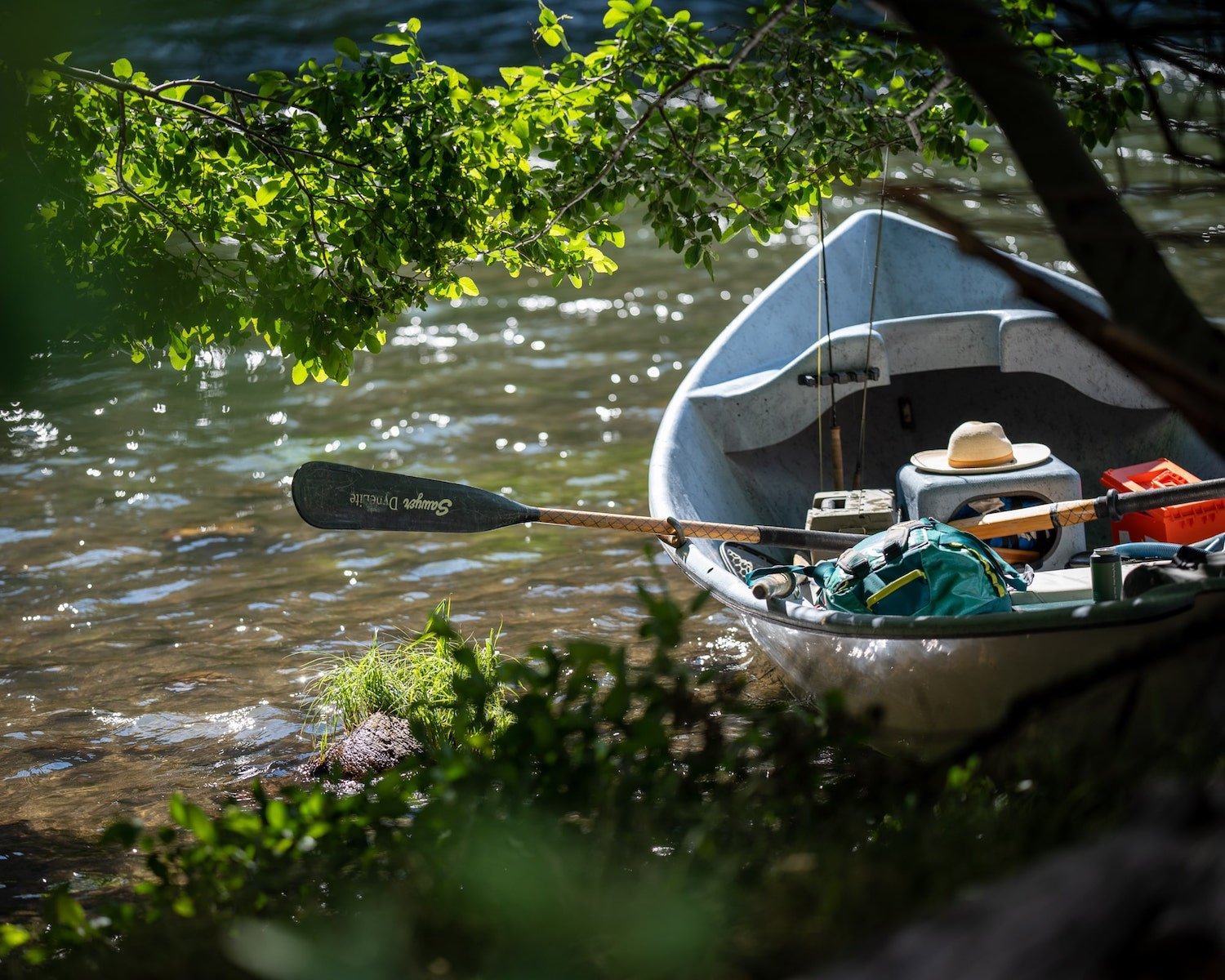Bug out: The 2023 Benthic Report
Tail of three- Must be a Mayfly. Photo courtesy of Rick Hafele
The Deschutes River Alliance is excited to present the 2023 benthic macroinvertebrate report, a continuation of our ongoing monitoring efforts. You can download the summary report here. Since 2015, the DRA has been at the forefront of evaluating the ecological health of the lower Deschutes River, with a particular focus on the impact of the Selective Water Withdrawal (SWW) Tower and regulated flows on water quality, species composition, and the overall structure of benthic communities. Our 2023 update continues to provide vital insights into the river's benthic macroinvertebrate communities—those small but crucial creatures living on the riverbed that tell us so much about water quality and ecosystem health.
Why Benthic Macroinvertebrates Matter
Benthic macroinvertebrates are small aquatic animals, including the larval stages of insects, that live on the bottom of water bodies. They are often found attached to rocks, vegetation, logs, and sticks, or burrowed into the sand and sediments at the bottom. This group includes aquatic insects, snails, worms, mussels, clams, and crayfish. Macroinvertebrates are excellent indicators of stream health because healthy water bodies typically support a diverse and abundant array of these species, including those that are sensitive to pollution. If you fish or recreate on the lower Deschutes River you may be familiar with some of the macroinvertebrates commonly found in the area such as caddisflies, mayflies, and stoneflies. These species are particularly sensitive to pollution and habitat disturbances, making their presence (or absence) a key measure of the river's ecological status.
Beginning in 2015, the DRA has been monitoring the presence, abundance, and diversity of the macroinvertebrate population in order to understand how dam operations, particularly the SWW Tower, impact the river's water quality and overall health. By collecting samples and evaluating the abundance and variety of macroinvertebrates present in a waterbody, we can gain valuable insights into the biological health of the river. For instance, if samples contain high numbers of pollution-tolerant species or show a notable decline in diversity and abundance, it may indicate that the waterbody’s health is in poor condition. Conversely, a healthy macroinvertebrate community indicates that the chemical and physical components of the stream are generally in good condition.
Key Findings from the 2023 Monitoring Season
In 2023, monitoring was conducted at three main sites: Warm Springs, Kaskela, and Maupin. Various metrics related to composition—such as species composition, abundance, taxa richness, and dominance—were analyzed. Species of concern were also evaluated, including pollution sensitive taxa like the crane fly, Golden Stonefly, and Salmonfly and the pollution tolerant polychaeta worm Manayunkia speciosa, which is the intermediate host of the highly lethal parasite Ceratonova shasta in spring Chinook salmon.
Our continuous monitoring reveals several important trends in the lower Deschutes River:
Increased Abundance of Pollution-Tolerant Species: Over the study period, there has been an increase in the abundance of pollution-tolerant species, such as certain worms and snails, especially at upstream sites closer to the dam complex. This shift suggests that water quality has been affected by the dam operations, leading to conditions that favor these more resilient species.
Decline in Sensitive EPT Taxa: There has been a noticeable decline in the richness and abundance of EPT taxa. EPT refers to the three major orders of aquatic insects – Ephemeroptera (mayflies), Plecoptera (stoneflies), and Trichoptera (caddisflies). These three orders include the majority of species that are sensitive to poor water quality. These species are critical indicators of good water quality, so their reduction is a sign of ecological stress.
Species of Concern: Iconic species like the Golden Stonefly and Salmonfly, which are important not only for their ecological role but also for recreational fishing, have seen concerning declines. These species have become less abundant since the SWW Tower began operations. In addition, the results show high densities of the polychaete worm Manayunkia speciosa since the tower started operating.
Call to Action
Given these findings, The DRA advocates for returning to the release of the maximum amount of bottom water from Lake Billy Chinook into the lower Deschutes River while still providing surface withdrawal during peak smolt migration. As demonstrated in the DRA’s annual water quality reports, releasing a higher percentage of bottom water for a longer duration could provide immediate relief to the declining water quality in the lower Deschutes River and help restore the health of the benthic communities.
Thank you for staying engaged with our work and for your commitment to protecting this vital resource. Keep an eye out for future updates as we continue to push for the health and preservation of the lower Deschutes River.
More From The Blog
Subscribe the the DRA Newsletter
The Deschutes River Alliance is your focused voice to protect the lower Deschutes River, its cold water flows and the fish and wildlife that are sustained by them. We send regular emails with important data and news about the lower Deschutes River. We will not sell or loan your contact information to others.
How to Support the DRA
Everyone wants clean, healthy water in the Deschutes River. Oregonians cherish our clean and healthy waterways to provide drinking water, wildlife habitat and recreational activities. The lower Deschutes River is a federally designated Wild & Scenic River, and a national treasure. It must be protected for the environmental and economic health of Central Oregon. We believe by working together we can return the lower Deschutes River to full health.






















